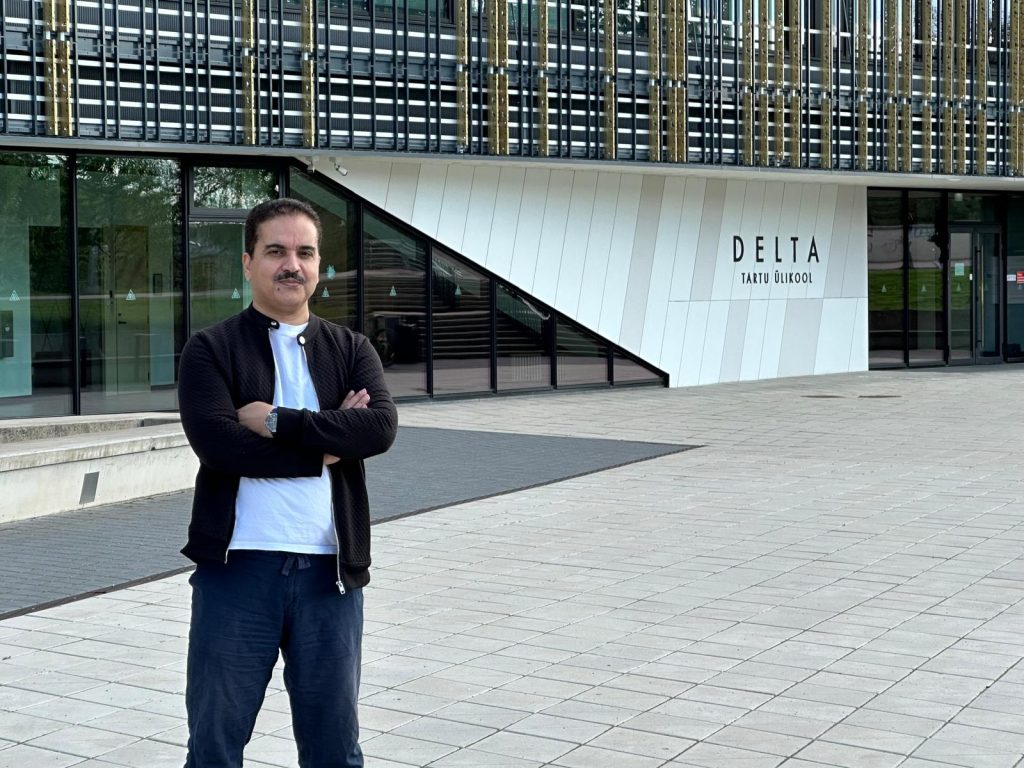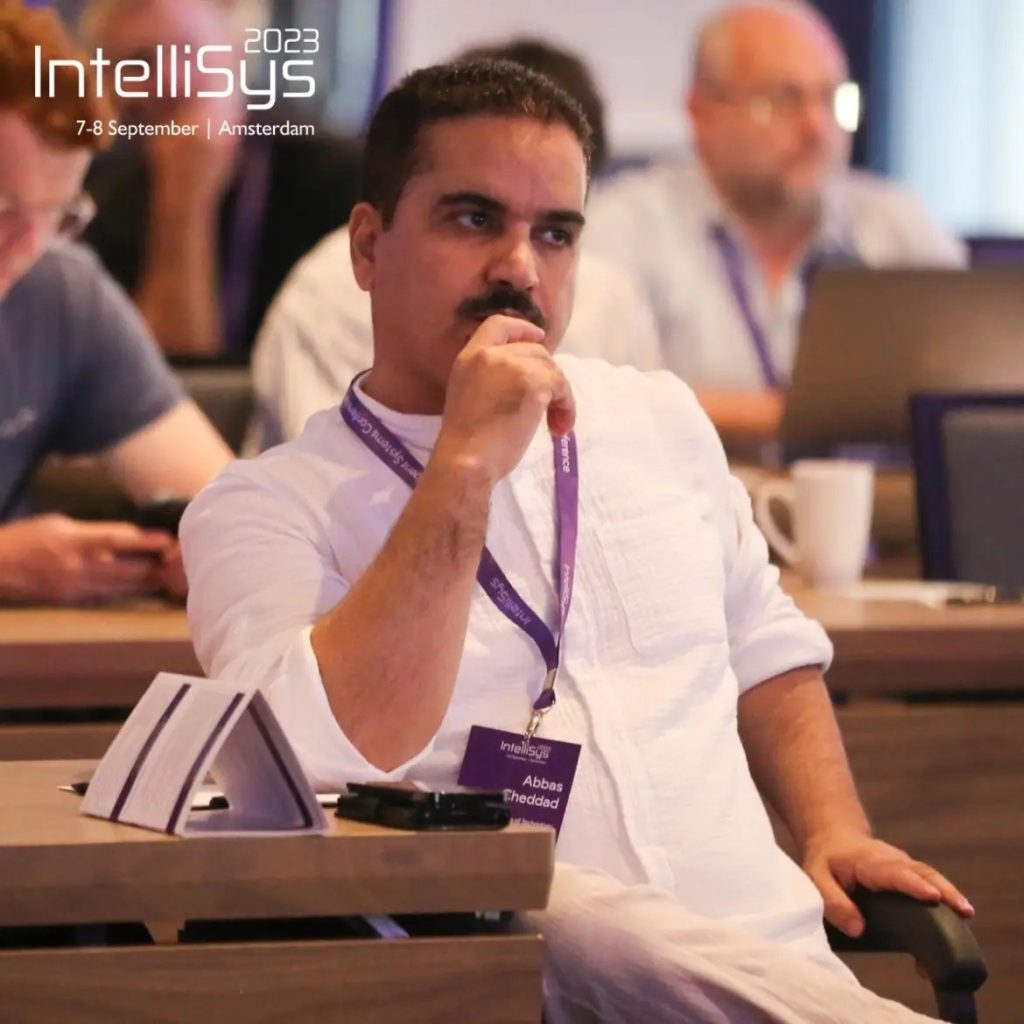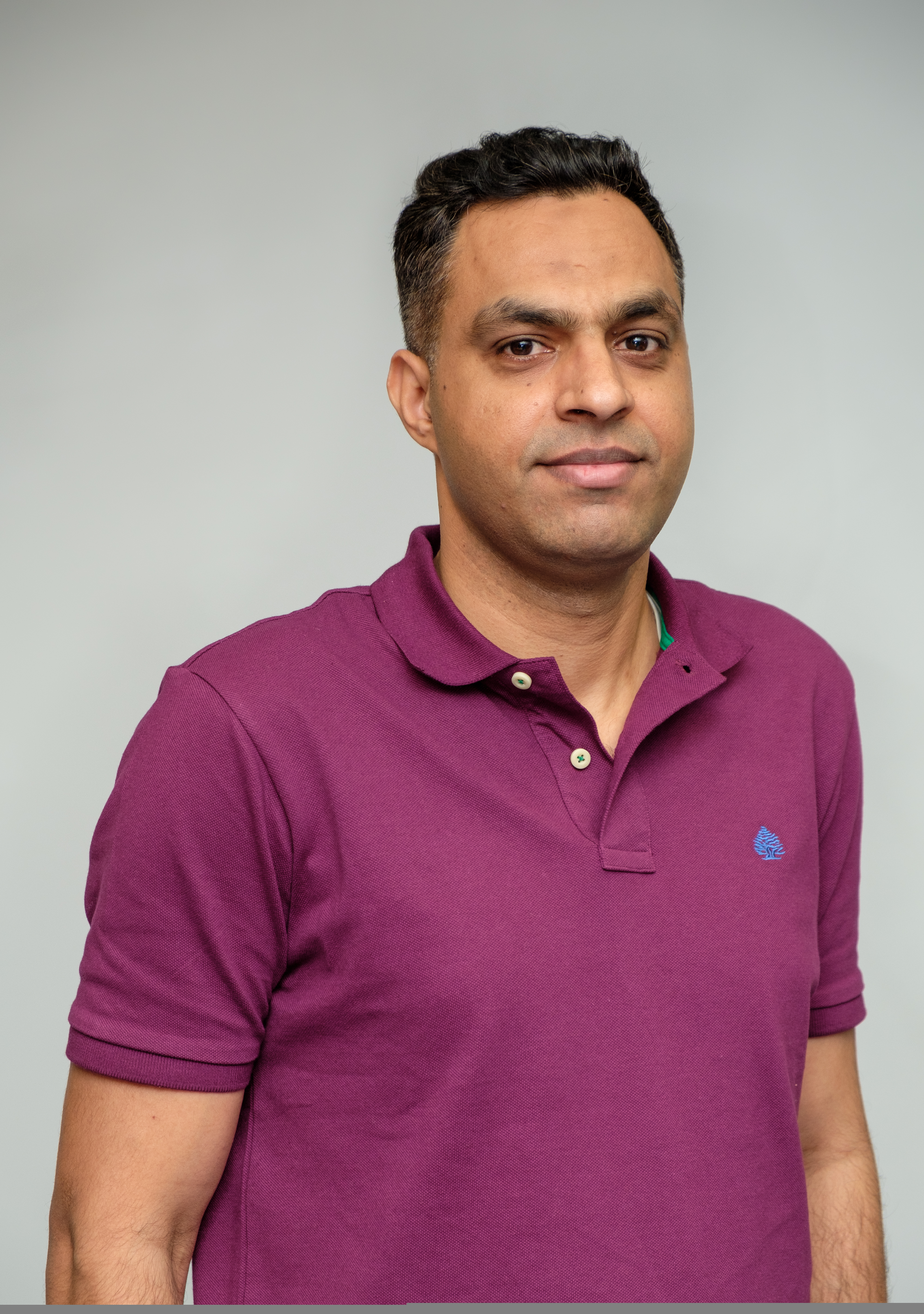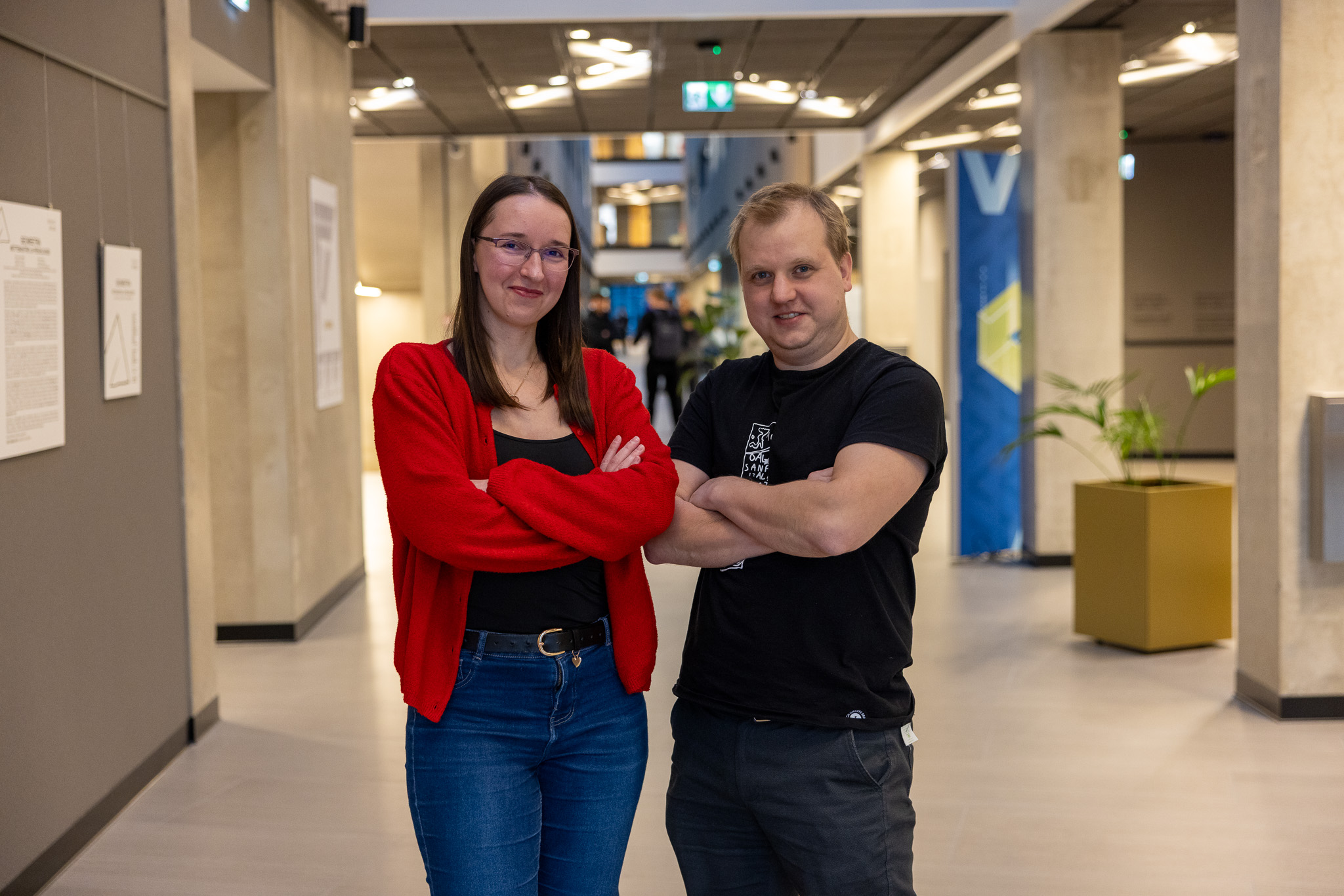
Abbas Cheddad is an Associate Professor of Applied Data Science at the Institute of Computer Science. His research focuses on computer vision, applied machine learning, and image processing and analysis. He was interviewed by professor Jaak Vilo, Head of the Chair of Data Science.
You came lately to Estonia to the Institute of Computer Science at Delta center of University of Tartu. Describe shortly your background and profession.
My research expertise lies in computer vision, applied machine learning, and image processing and analysis, with a particular emphasis on medical imaging. Before joining the Delta Center, I led multiple collaborative projects involving industry partners such as SONY Mobile, Axis Communications, Ericsson, GKN Aerospace, and ArchivDigital AB.
What guided you to this kind of area and how has been the road to this where you are now?
My interest in image processing was first inspired by my undergraduate mathematics supervisor during my final year project, and since then, I have developed a strong passion for this field. My fascination with computer vision and applied machine learning grew from the idea of how machines can interpret and understand visual information-a capability with vast potential to impact many areas. Throughout my academic studies, I became particularly drawn to image processing and analysis due to its practical applications, especially in medical imaging, where technology can significantly enhance diagnostics and patient outcomes. The path to where I am today has been shaped by a combination of rigorous academic training, hands-on research, and collaborative projects with both academic and industry partners.
What are the current limitations in this field, and what breakthroughs do you anticipate in overcoming these challenges?
Despite significant advancements, machine learning for computer vision continues to encounter several enduring challenges, including data requirements and quality, robustness and generalization, contextual understanding, as well as ethical and privacy considerations.
You have collaborated with several industries. How industry partnerships have shaped your research and what do you think academia can learn from industry (and vice versa)?
I believe that industrial collaboration is a vital component of any university’s mission. The projects I have conducted with partners in Sweden and Belgium have fostered valuable knowledge exchange between academia and industry. Such collaborations enable the practical application of research to address real-world challenges effectively. Moreover, they provide insights that help academia align its research priorities with industry needs, while industry benefits from cutting-edge innovation and rigorous scientific approaches.
Have you noticed any big differences between countries and what are your own expectations about collaborations in Estonia?
Coming from Sweden, I have found that both Sweden and Estonia share similar work environments and professional cultures, which has eased my transition. Upon joining the Delta Centre, I was particularly impressed by the strong spirit of collaboration among researchers and the supportive attitude of both colleagues and administrative staff. While Estonia may be less visible internationally compared to Sweden, its dynamic digital sector and commitment to innovation position it as a potential digital hub of Europe. I look forward to further strengthening cross-border collaborations, especially in areas such as data science and joint research initiatives, which are highly valued in both countries.
What kind of practices do you keep to foster creativity and innovation in your research?
I actively seek interdisciplinary projects and diverse teams (including industry and health sectors), as these often lead to more innovative solutions and novel approaches. I also seek to create an environment where informal conversations may spark unexpected fruitful collaborations. Gaining knowledge from outside my immediate field also helps foster creativity.
In the Institute of Computer Science, you will (start to) teach some courses. What kind of practices do you encourage to foster a collaborative learning environment in your classroom?
I typically adopt a two-way communication approach in my teaching, actively seeking immediate feedback and insights from students to keep them engaged. I frequently utilize digital tools to assess their understanding and ensure that my key messages are effectively conveyed. Additionally, I incorporate group discussions to promote collaborative and active learning among students. I gained valuable insights from a CDIO workshop I attended in Sweden several years ago, and I highly recommend that my colleagues explore this initiative if they have not already done so.

For students and early-career researchers aspiring to enter the fields of computer vision and medical image analysis, what advice would you offer to help them succeed and make meaningful contributions?
Success in any research field ultimately stems from genuine passion and dedication; a strong commitment to your area of interest is key to making a meaningful impact. This principle applies universally across disciplines. Practically, I recommend beginning by establishing a solid foundation in the fundamentals of computer vision and image processing before advancing into the rapidly evolving domain of deep learning for computer vision, which has been a driving force behind recent breakthroughs in artificial intelligence.
For fun – if you could trade your current profession for a completely different career for a day, what would you choose and why?
That would be a pilot. The role combines technical expertise, precision, and responsibility.
When you’re not working on research or teaching, how do you spend your free time?
If you are referring to my free time within academia beyond those activities, I typically use it to review papers that journals occasionally send me or to evaluate manuscripts submitted to the journal where I serve as an editor. If you mean my personal free time, I usually spend it traveling or enjoying quality moments with my small family.
Has there been a significant milestone or a particularly valuable lesson in your research career that you would like to share with others?
One of the most valuable lessons I have learned is the critical importance of networking. Building and maintaining strong professional relationships offers numerous benefits, both for advancing your research and for personal growth. Regardless of one’s expertise or intelligence, lacking a solid network can limit access to opportunities, collaborations, and resources that are essential for success. Therefore, I encourage researchers to actively engage with their peers, attend conferences, and cultivate meaningful connections throughout their careers.
NB! Vastuvõtt andmeteaduse magistriõppesse kestab 1. juulini. Ära jäta ülikooli kandideerimist viimasele minutile, vaid esita avaldus sisseastumise infosüsteemis SAIS juba täna.

